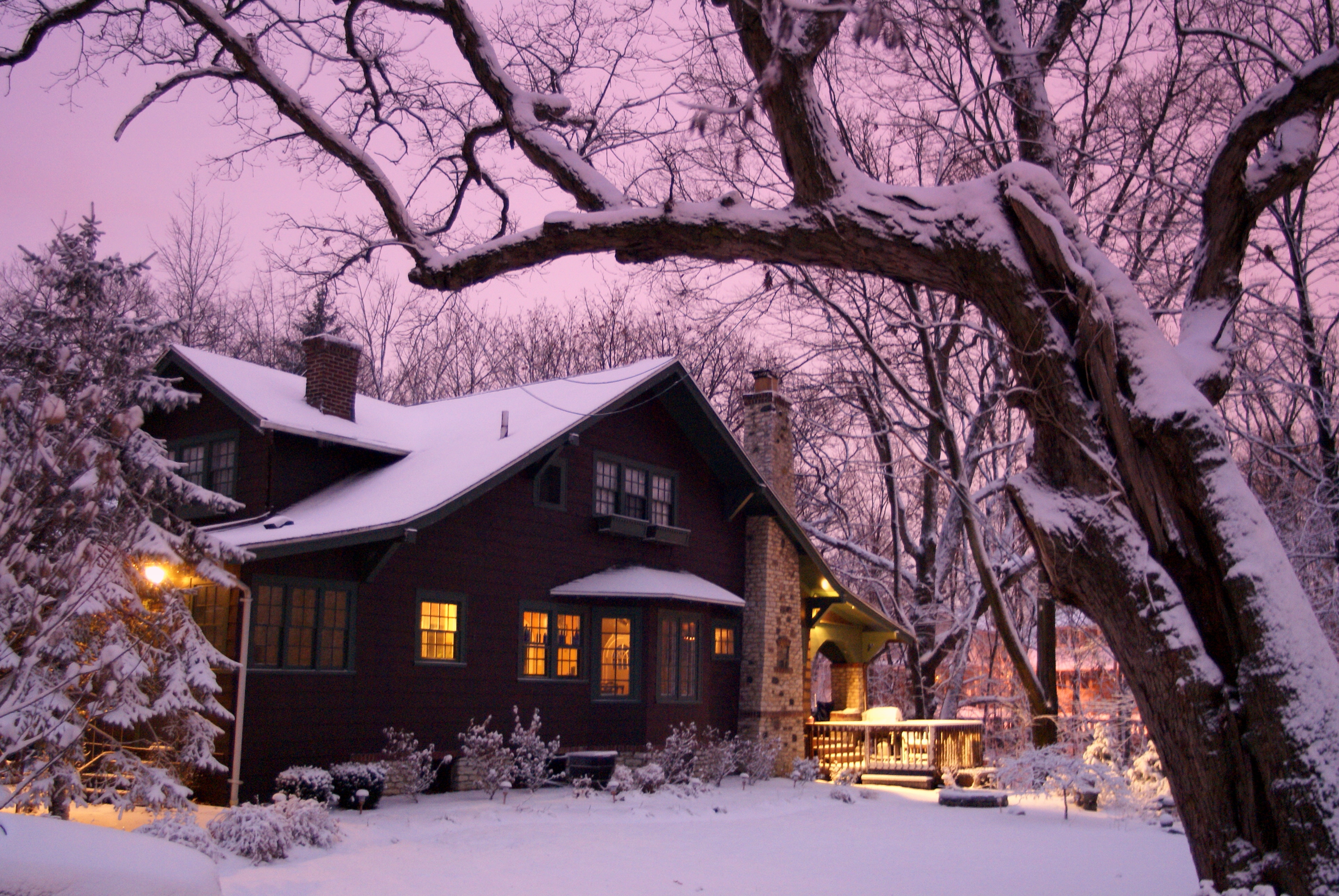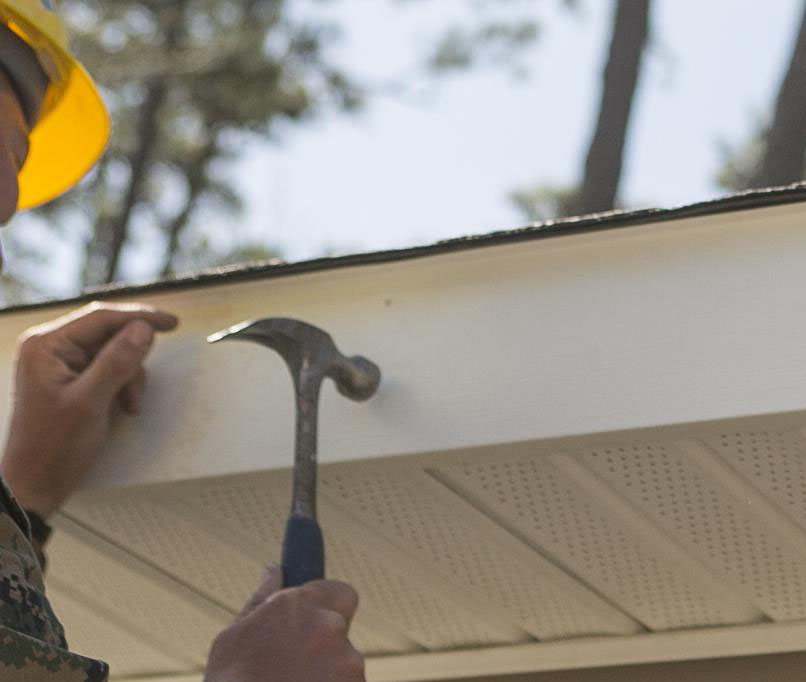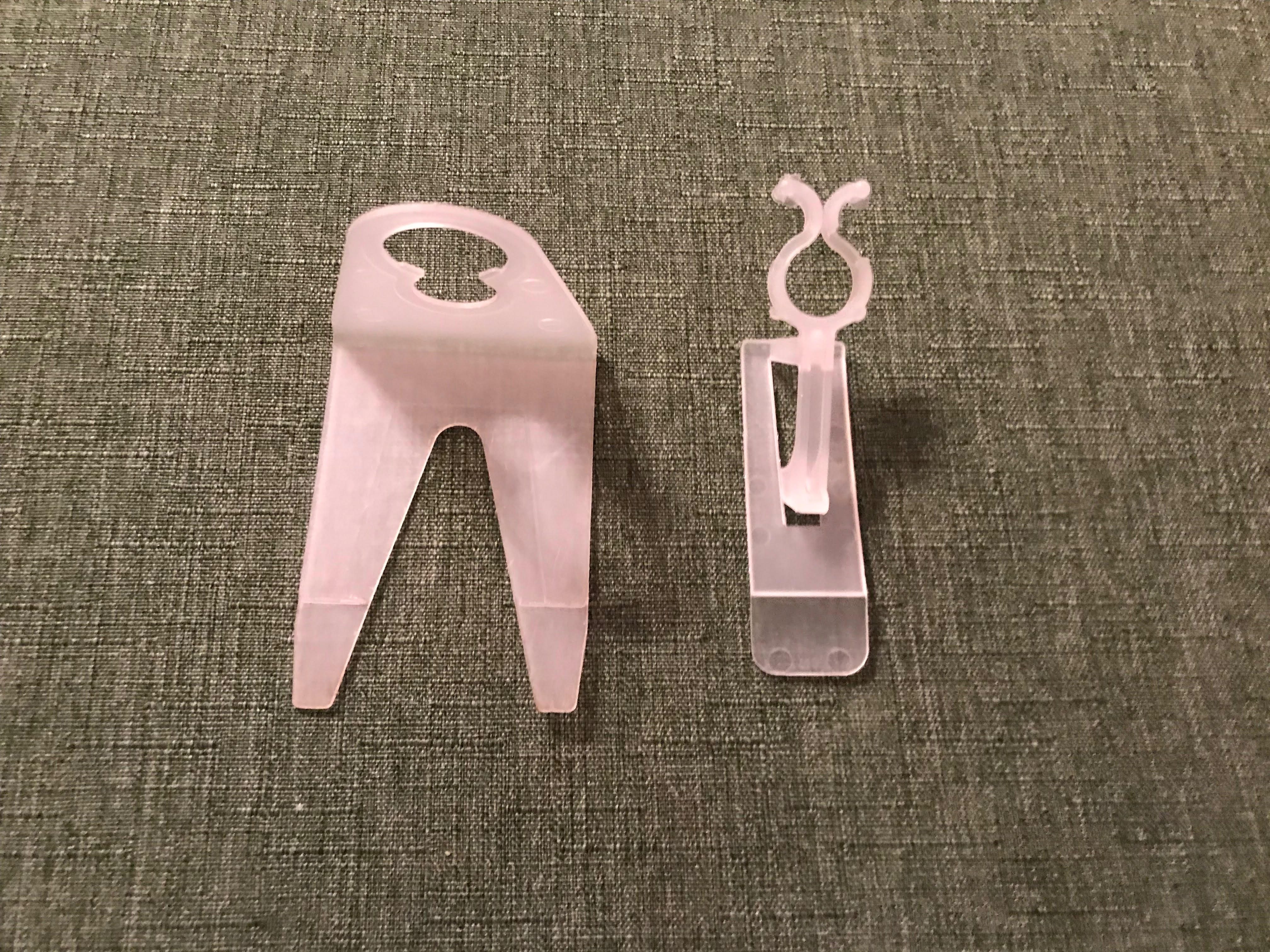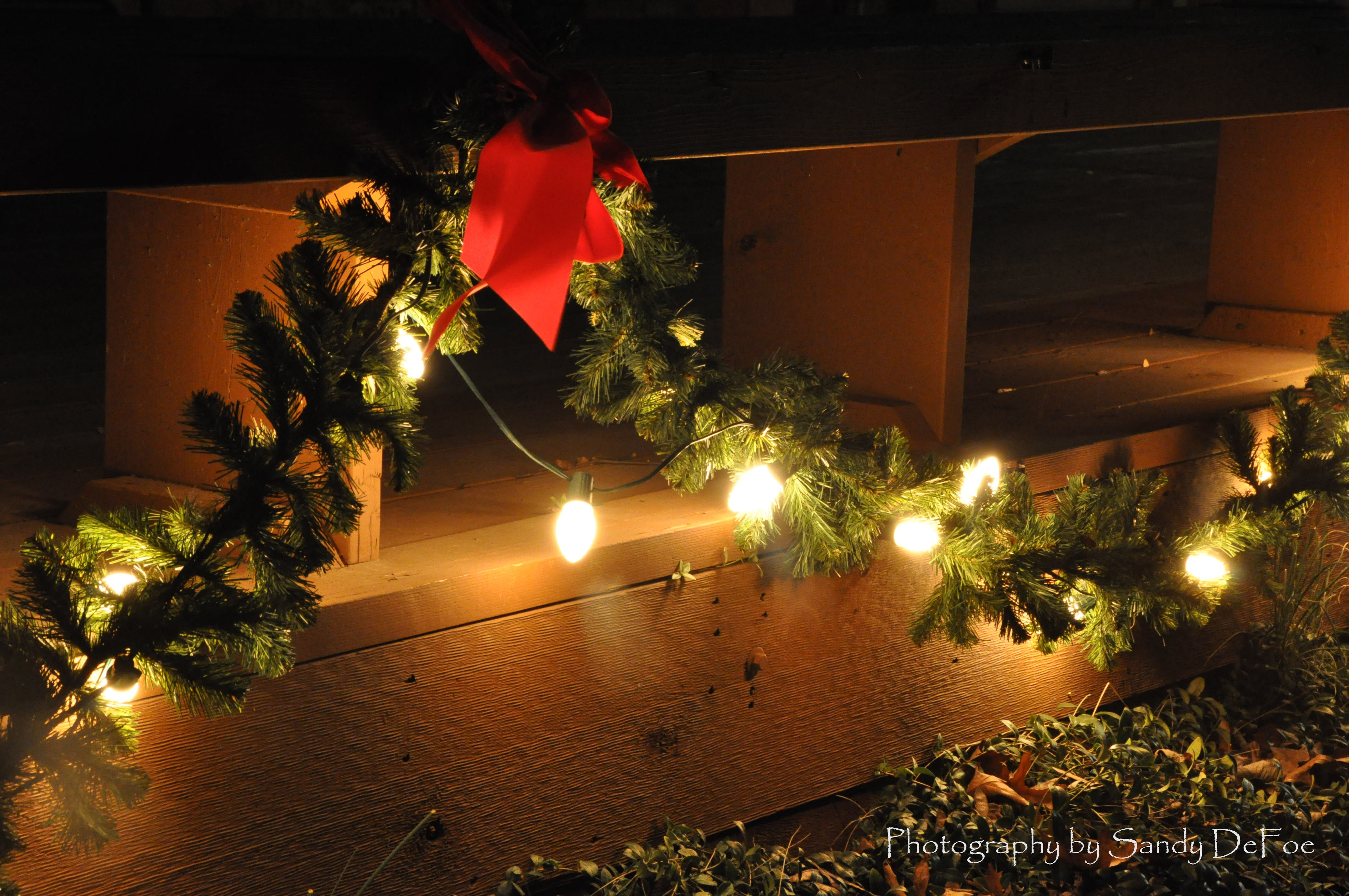Although my husband and I both love Christmas lights, we stopped putting them up years ago. Somehow, there was always a good reason to avoid the task. Usually, it was because the weather had turned cold and snowy or it was just too late in the season to bother. Besides, being empty-nesters with all our kids far away, it just didn’t seem as much fun to decorate.

Circumstances change. Now we have grandchildren who are at our house every day and who absolutely adore Christmas and all of the decorations. It’s time for us to put up lights again.

Because it’s been such a long time since we have had Christmas lights, I decided to do a little research before starting. I’m glad I did because after talking with a lighting professional and a trip to a big box store, I realized that both techniques and tools have changed over the past 20 years.

When we began hanging outdoor lights in the early 70s, the tried and true methods were either to string the green, multi-wire strands from nails pounded into the eves or to staple them to wooden surfaces. Neither method was easy or totally effective. Pounding all those nails took a great deal of time and stapling tended to have negative consequences. Staples through wires ruined more than one expensive set of lights for us.

According to Bryan Andrews, a lighting professional in our area, there are now other options for the homeowner. “Today there are a variety of plastic clips sold that can secure your lights to your home without causing damage. The two main clips … are the shingle tab and gutter clip. These clips are designed to use on every bulb when using the larger C9 bulbs.” He added that they can also be used to hang strings of mini lights by spacing the clips further apart.

Instead of all the nailing or stapling, the newer plastic clips are easy to use. “The gutter clip slides onto the lip of your gutters and secures the bulb. Shingle tabs are made to slide under the the shingles of the roof. These can be used if you have gutter guards installed and for areas of the roof that have no gutter such as the gable peaks and ridges.”

As a professional who hangs Christmas lights on the same properties year after year, Bryan had a suggestion for homeowners. “Once you have installed your lights, it is a very good idea to draw a diagram of your house and label each strand of lights and where they go on the house. It is especially good to mark the bulbs that are in fixed points such as the very point of a gable peak. This will save you a lot of time when putting them up in following years.“

Since hanging Christmas lights in brick or stone can be challenging, Bryan had some suggestions there too. “…use eye hooks and drill through the mortar gaps, starting with the center of the door or arch. By drilling into the mortar, this prevents damage to the appearance of the brick or stone and can be easily repaired if needed. Since you have have eye hooks, you can use zip ties to quickly secure the garland.”

In the early years of our own Christmas lighting adventures, there was only one type of bulb available — the large incandescent bulb. They gave off impressive light, but were both expensive and finicky to use. Strings of incandescent bulbs are still available, but they are being eased out of the market. Many consumers now choose LED bulbs instead.

Bryan explained why. “The main reason LED are replacing incandescent is efficiency. 90% of the energy used with incandescent is lost through heat. LEDs use 75% less energy and last 25 times longer according to US Dept. of Energy. Also LEDs are very durable compared to the incandescents. LEDs have a clear plastic that sheathes the bulb, whereas the incandescents have a very thin breakable glass. Since LEDs give off little to no heat, it also makes them the safest choice for interior and exterior lighting.”

Another lighting problem we encountered back then was losing portions of the display because of one burned out bulb. In our earliest years, when one bulb went out or wasn’t completely screwed into its socket, the whole string went dark. Figuring out which bulb was causing the problem was frustrating, especially when it was on a string that was attached to the roofline! With today’s Christmas lighting choices, this usually isn’t a problem; the burned out bulb is the only one to go dark.

However, if the entire string does go dark, there are still a few fixes. It is possible to check individual bulbs by using a bulb tester, which can be inexpensively purchased where Christmas lights are sold. When the guilty bulb is identified, it can then be replaced or firmly re-installed. Another option is to check the fuses that are located in the cord plug. Look for a small, sliding door. Open it, take out the fuse(s) and check to see if there is a break in the metal filament. If the fuse is blown, it can be replaced and the string will be as good as new.

Although much has changed in the world of Christmas lighting, one thing hasn’t — the need for safety. “Installing Christmas lights can be dangerous,” Bryan emphatically declared. “Often we are using ladders and walking/climbing on roofs.” There are however, safety precautions you can take. “When working off roofs and ladders,” he explained, “we always try to remember to have 3 points of contact whenever possible. This usually is both feet and one hand always in contact with a surface. Always be mindful of your power extension cords. These, if stepped on, can quickly roll out from under your foot causing you to lose your balance. Be sure to place your ladder level and move it from side to side to make sure it is firmly planted on the ground so it doesn’t shift on you once you climb up.”

Another safety tip he added concerned electrical safety. Lights should always be UL labeled and approved for outdoor use and the outlets into which cords are plugged should be a GFI (ground fault) outlet. Bryan advised homeowners to be on guard against electric shock. “…don’t power the lights until you are done as this reduce the risk of shock from a defective wire or socket. Always use dielectric grease on all extension cord outlets that are outside exposed to the weather. This grease creates a barrier that helps prevent water from penetrating to the inside of the plug which undoubtedly will trip your circuit breaker every time.”

As with all tasks involving electricity, Bryan says, “Use common sense. If you feel unsafe, hire a professional.”

After a break of 20 years, it’s exciting to think about putting up a dazzling Christmas lighting display …… I only hope it doesn’t get too cold and snowy….

